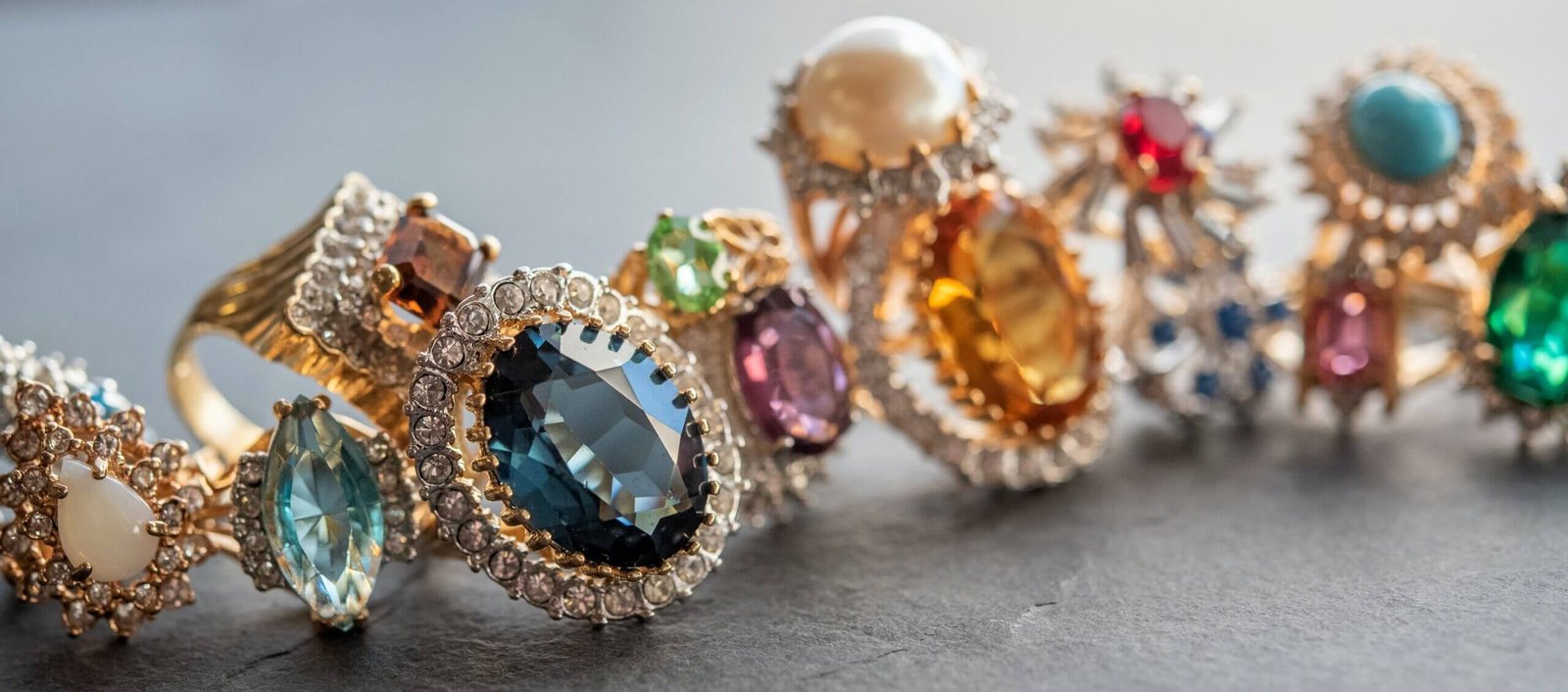Stepping into the world of gemstones, one cannot ignore their enigmatic allure and deep significance. Especially when it comes to birthstones, there’s a sense of identity and personal connection. If you were fortunate enough to be born in April, prepare to be dazzled, because your birthstone is nothing less than the glimmering diamond. This article aims to help you understand the origins, symbolism, and rich history behind the diamond, the unique gem associated with the month of April.

Understanding Birthstones
The concept of birthstones
Birthstones are particular gems associated with each month of the year. You might have heard people say, “diamond is the birthstone of April,” for example. Birthstones have been cherished for their beauty and supposed mystical properties for centuries. Nowadays, folks wear birthstones as a symbol of identity and self-expression, a celebration of one’s month of birth.
The cultural significance of birthstones
Globally, cultures attach various meanings to birthstones, often linking them with luck, love, health, and prosperity. Birthstones can be a deeply personal part of a person’s identity, providing a sense of connection to their birth month and cultural roots. They also serve as popular gifts for anniversaries, birthdays, and other celebrations.
The history and origin of birthstones
The origin of birthstones traces back to biblical times. The High Priest’s breastplate, as described in the Book of Exodus, had twelve precious stones, each symbolizing the twelve tribes of Israel. Later, these twelve stones were linked to the twelve signs of the zodiac and the twelve months of the year, evolving into today’s concept of birthstones.
What is a Diamond
The formation of diamonds
Diamond is a fascinating and unique gemstone formed deep within the Earth’s mantle under extreme heat and pressure over a billion years. These precious stones are brought to the surface by volcanic eruptions. Diamond’s exceptional hardness comes from its crystal structure- each carbon atom is connected to four others in a strong, tetrahedral bond.
The value of diamonds
Diamonds are known for their aesthetic appeal and rarity, which contribute to their high value. They are used in varieties of high-end jewelry such as engagement rings, necklaces, earrings, and bracelets. Apart from their commercial value, diamonds are also used in cutting, grinding, and drilling due to their hardness.
Various uses of diamonds
While diamonds are popularly known for their use in jewelry, they also have myriad industrial applications due to their extraordinary physical properties. They are used in cutting, grinding, and as a part of high-performance bearings. Moreover, the symbolism of diamond as ‘unbreakable’ and ‘pure’ makes it a popular choice for wedding rings and other sentimental pieces.
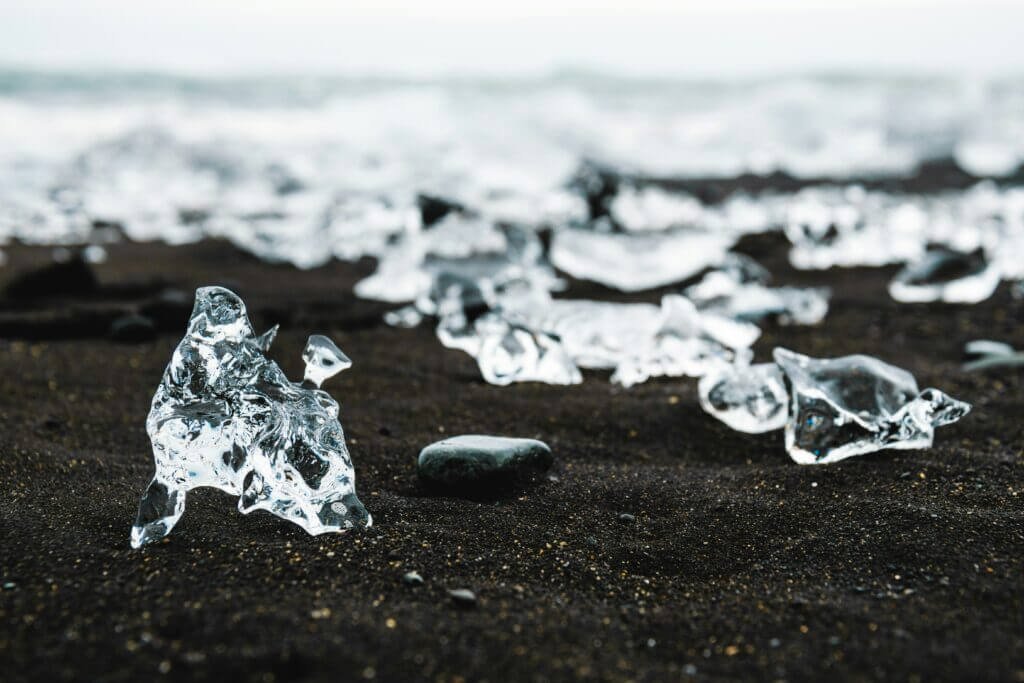
The Diamond as a Birthstone
The month associated with diamond
Diamond is the birthstone for those born in April. Blessed with one of the most prized and spectacular gemstones, those born in April can proudly claim diamond as their birthstone.
The significance of diamond as a birthstone
As a birthstone, diamond is believed to bring love, endurance, and courage. It is also associated with invincibility due to its unbreakable strength. The diamond is thought to give the wearer better relationships, balance, clarity, and abundance.
The cultural and historical perspective of diamond as a birthstone
Historically, diamonds were revered for their ability to refract light and were believed to be fragments of stars and the tears of the gods. In ancient times, diamonds were also thought to bestow courage and virtue upon the wearer. Culturally, the diamond birthstone has been a symbol of everlasting love, making it a popular choice for engagement and wedding rings even today.
Physical Properties of Diamond
The hardness of diamond
The unmatched hardness of the diamond famously places it at the top of the Mohs scale, making it the hardest known mineral to date. This extraordinary hardness makes diamonds immune to scratches from other substances apart from another diamond, making them highly durable.
The brilliance and sparkle of diamond
One of the most mesmerizing properties of a diamond is its brilliant sparkle. This comes from the gem’s excellent ability to reflect light. This quality, known as brilliance, combined with the precise cuts, makes a diamond radiate from every angle, creating the sparkle that it’s famed for.
The various colors of diamond
While most people think of diamonds as clear and colorless, they actually come in a wide range of colors such as yellow, blue, green, pink, and even black. The color range is due to the presence of certain impurities or structural defects in the crystal lattice structure of the diamond.
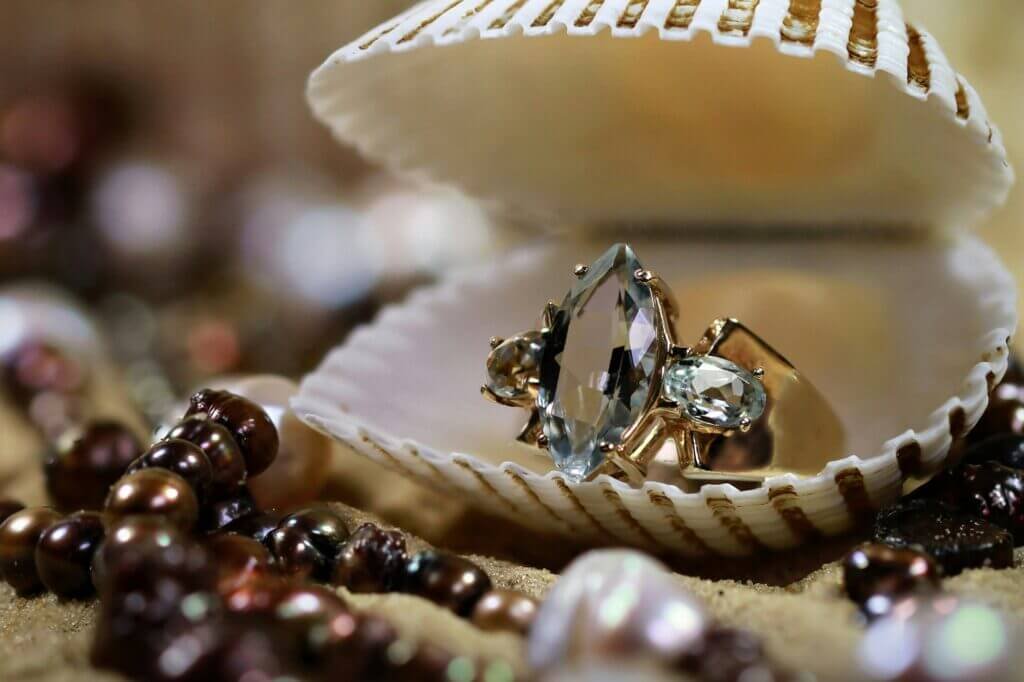
Spiritual and Emotional Significance of Diamond
The diamond as a symbol of purity and innocence
From a spiritual standpoint, diamonds symbolize purity and innocence. Its clarity and transparency often symbolize a clear mind and soul, free from impurities.
The diamond as a symbol of everlasting love
The enduring nature of diamond, combined with its beautiful sparkle, makes it a fitting symbol of everlasting love. This is one of the reasons why diamonds are often used in engagement rings and wedding bands.
How diamonds contribute to inner strength and balance
Believed to create positive energy, diamonds are often associated with inner strength and balance. They are thought to bring mental clarity, making individuals strong, determined, and capable of overcoming challenges.
Diamonds in Jewelry
Diamonds in rings
Diamonds are the most favored choice for rings, especially for engagements and weddings. The beauty, durability, and symbolism of the diamond make it perfect for a piece of jewelry meant to last a lifetime.
Diamonds in necklaces
Diamond necklaces are synonymous with elegance and grandeur. Each diamond in the necklace adds to the brilliance of the piece, making it a jewel of true visual pleasure.
Diamonds in earrings
Diamond earrings are a timeless addition to any jewelry collection. From studs to hoop earrings, they add instant allure and sophistication to any outfit.
How to care for diamond jewelry
While diamonds are exceptionally hard, they still need proper care to maintain their brilliance. Avoid wearing them while doing heavy work or using harsh chemicals. Regular cleaning with a mild soap solution and soft brush, followed by dry cloth usage keeps your diamonds shining bright.
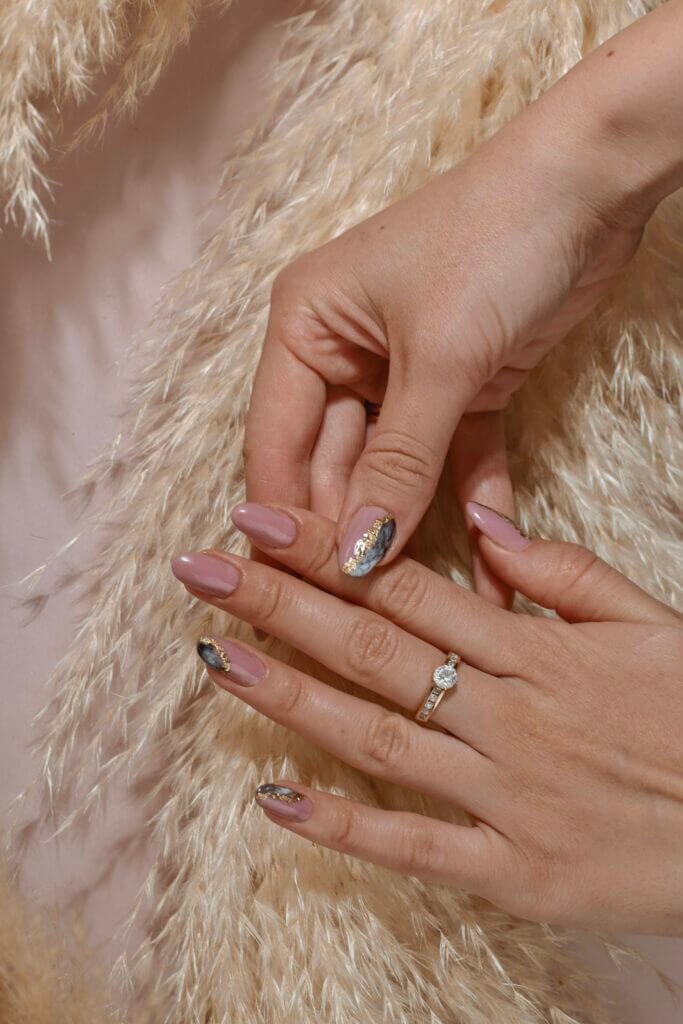
Famous Diamonds in History
The Hope Diamond
The Hope Diamond, owned by several kings and noted for its unique blue color, is one of the most famous and historically significant diamonds. It’s notorious for supposedly carrying a curse, bringing tragedy and misfortune to its owners.
The Koh-i-Noor diamond
The Koh-i-Noor diamond has a rich and tumultuous history. Once the largest known diamond, it was owned by various Indian and Persian rulers who fought bitterly over it. Now part of the British Crown Jewels, its ownership remains a matter of international dispute.
The Cullinan diamond
The Cullinan diamond is famous for being the largest rough diamond ever discovered. It was cut into several large gems that are now part of the British Crown Jewels.
How to Buy a Diamond
Understanding the 4Cs of diamond buying: Carat, Color, Clarity, and Cut
Buying a diamond requires an understanding of the 4Cs: Carat (weight), Color, Clarity (absence of inclusions and blemishes), and Cut (quality of a diamond’s angles, proportions, facets, and finishing details). These are universally recognized standards for assessing a diamond’s quality.
Choosing a trustworthy diamond dealer
When you are ready to make the investment, ensure that you choose a reputable diamond dealer. Look for a jeweler who is knowledgeable, openly discloses all information about the diamond, and treats customers with respect.
Checking a diamond’s certificate of authenticity
Always ask for and thoroughly verify a diamond’s certificate of authenticity. The certificate provides an analysis of the diamond’s dimensions, clarity, color, cut, symmetry, and other characteristics and ensures you are buying a genuine product.
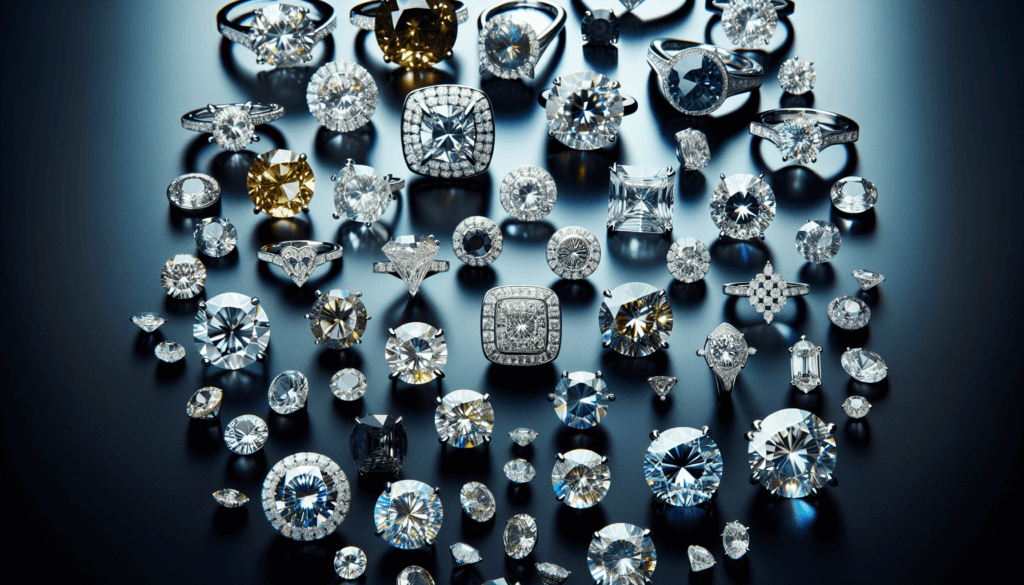
Environment and Ethical Considerations when Buying Diamonds
The impact of diamond mining on the environment
Mining diamonds can have a severe impact on the environment, including soil erosion, deforestation, and ecosystem destruction. Therefore, conscious consumers often seek alternatives or choose diamonds mined using environmentally friendly practices.
Blood diamonds and conflict diamonds
Blood diamonds, or conflict diamonds, refer to diamonds mined in a war zone and are sold to finance armed conflict against governments. Don’t shy away from asking your jeweler about the origin of the diamond to ensure it’s not a conflict diamond.
Choosing ethically sourced diamonds
Considering the ethical implications, it’s a good idea to opt for jewelers who adhere to responsible sourcing practices. Diamonds certified by the Kimberley Process ensure that they are conflict-free.
Alternatives to Diamond Birthstones
White sapphire as an alternative to diamond
White sapphire is a splendid alternative for those who are drawn to the sparkle of a diamond but are concerned with the ethical and environmental impacts of diamond mining. It offers brilliance and durability, similar to that of a diamond.
Moissanite as an alternative to diamond
Moissanite, first discovered in a crater created by a meteorite, is another excellent diamond substitute. With a brilliance comparable to that of a diamond and greater heat resistance, it’s a favored choice for many.
Cubic zirconia as an alternative to diamond
Cubic zirconia, a synthetic gemstone, is a budget-friendly alternative for diamonds. Although it doesn’t match a diamond’s hardness, it boasts an impressive brilliance and fire that closely resembles that of a diamond.
